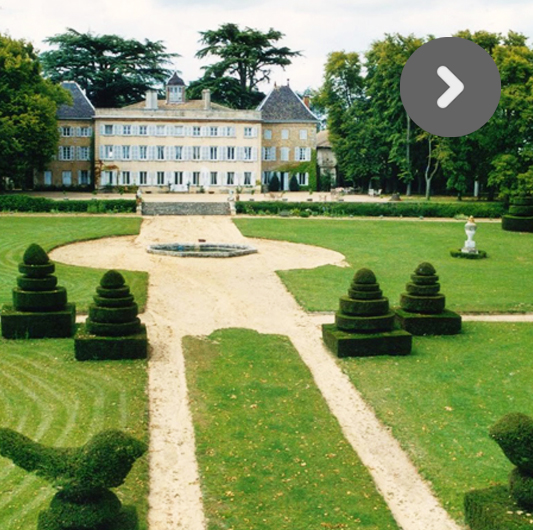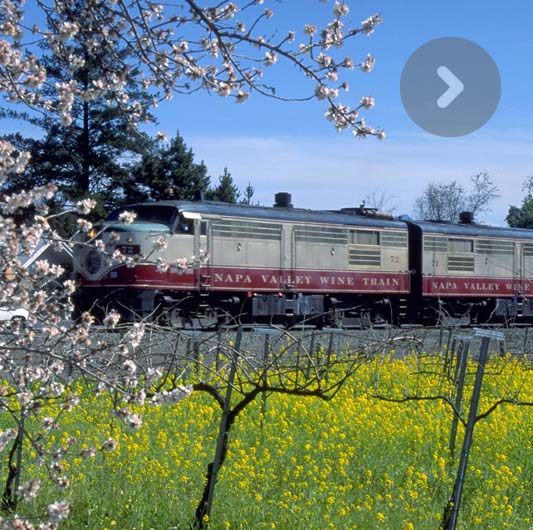





Land and history
At the crossroads between Germanic and Roman influences, the history of wine in the Alsace region dates back to the Roman era. The Merovingian and Carolingian also great amateurs of the drink that brought them courage and happiness continued the region’s winemaking tradition. Wine is produced for mass or other celebrations in the Middle Ages by over 150 localities. Alsace wines are highly regarded and reach their peak in the XVIth century.
The Thirty Year War unfortunately broke the rise of the wine trade and one will have to wait until the end of the First World War to see the vineyards rise from the ashes. Winegrowers committed themselves to producing elaborate wines from traditional grapes and limited the appellation areas. AOC appellations that are first recognized in 1962, followed by the Alsace Grand Cru in 1975 and the Crémant d’Alsace in 1976. All these wines are labelled AOC. The Riesling, Muscat, Pinot noir and Gewurtztraminer grape varieties are the sole carriers of the AOC Grand Cru label.
Seven grape varieties and an aromatic palette.
There are no communal appellations; these are named after the grape varieties. Top of the list, the Sylvaner, the Riesling, the Gewurtztraminer dominate the landscape. The Pinot Noir, Pinot Gris, Pinot Blanc and Muscat complete the range.
The mark of the land, identity and typicity.
The “Late Harvest” label is carried by the varieties whose grapes were harvested when ripe and then sorted a number of times. What we call noble rot is what makes the wine mellow, robust, syrupy and persistent on the palate. Small masterpieces.
Bas Rhin-Haut Rhin, a straight line for wines.
From Mulhouse to Strasbourg, via Colmar, the road of the Alsace wines is a straight line through wine growing villages with coloured and flowered houses from the Upper-Rhine to the Lower-Rhine region. Medieval cities appear on the road, often overlooked by a tower or a fortified castle. The vineyards cover an area over 170 kilometres long on a north-south axis where gold and coppers colours blend together in the autumn over the hills that rise to 400 metres under the Vosges Mountains. The higher vines are planted on a mosaic of soils: clay, shale, sandstone and limestone that allows the grape varieties to develop their identity and offer a whole range of wines that are both traditional and different. Blends are allowed but rarely used. Smaller estates over 6 to 7 hectares over small, dispersed plots.
A gourmet region.
More than anywhere else, wine and gastronomy are intimately tied in Alsace territory. Wines come to complement dishes, fellows that have evolved together since the Middle Ages. An alliance that is nurtured by the people of Alsace with fervour and joy.
CIVA – Interprofessional counsel of the wines of Alsace
www.vinsalsace.com
www.gastronomie.vins.tourisme-alsace.com

Who is who
The Alsace might not be glamorous but it certainly carries its weight !
The region has inspired great research, nurtured geniuses, given birth to men and women of character. Starting with Saint Odile, the protector of the Alsace and an abbess in the convent of Hohenbourg in the VIIth century. Located on the Mont Saint Odile, it has become a place of pilgrimage. Another famous writer, feminist and convinced European, Louise Weiss, a native from Saverne, was elected a member of the European Parliament in 1979. She donated her books to the National Library of Strasbourg.
Louis Ist, King of Bavaria in 1786 and Louis Roederer, champagne king in 1809 were both born in Strasbourg. Rouget de Lisle, who was stationed in Strasbourg, wrote the hymn of the army of the Rhine, the Marseillaise, which became the French national anthem a hundred years later.
Men of science and of progress.
It is in the Alsace that Louis Pasteur first tested is vaccine against rabies successfully. Gutenberg was a resident of Strasbourg for ten years and it is there that he crafted the “impression with mobile characters”, which later revolutionised printing. Also from the Alsace, Victor Schoelcher through his actions and convictions remains the person who abolished slavery in France. Dr Albert Schweitzer, Nobel peace prize winner in 1952, his honoured with a museum in the heart of his native village of Kaysersberg. René Lalique, a jeweller, founded the Lalique Crystal factory in Winger-sur-Moder in 1921that went on to produce pieces famous the world over.
Men of literature and artists.
The German poet Goethe arrived in Strasbourg in 1770. Young Mozart was a resident there as well for some time. Gustave Doré, the painter and illustrator, Jean Arp, the sculptor and co-founder of the Dada movement and Tomi Hungerer, the illustrator, were all born in Strasbourg. Some of their works are on display in the city’s contemporary art museum. There is a whole museum named after Hungerer. Frédéric Bartholdi, known for sculpting the Statue of Liberty, was born in Colmar. His native home is now a museum.
Originally from Strasbourg, the mime Marceau shot to international fame with Bip, the character he impersonated.
The actress Charlotte de Turckheim was born in the village of the same name in an aristocratic protestant family. The famous rally driver Sébastien Loeb was born in the village of Haguenau in 1974.











